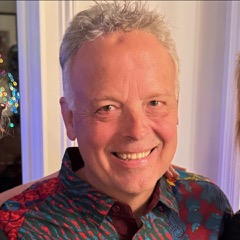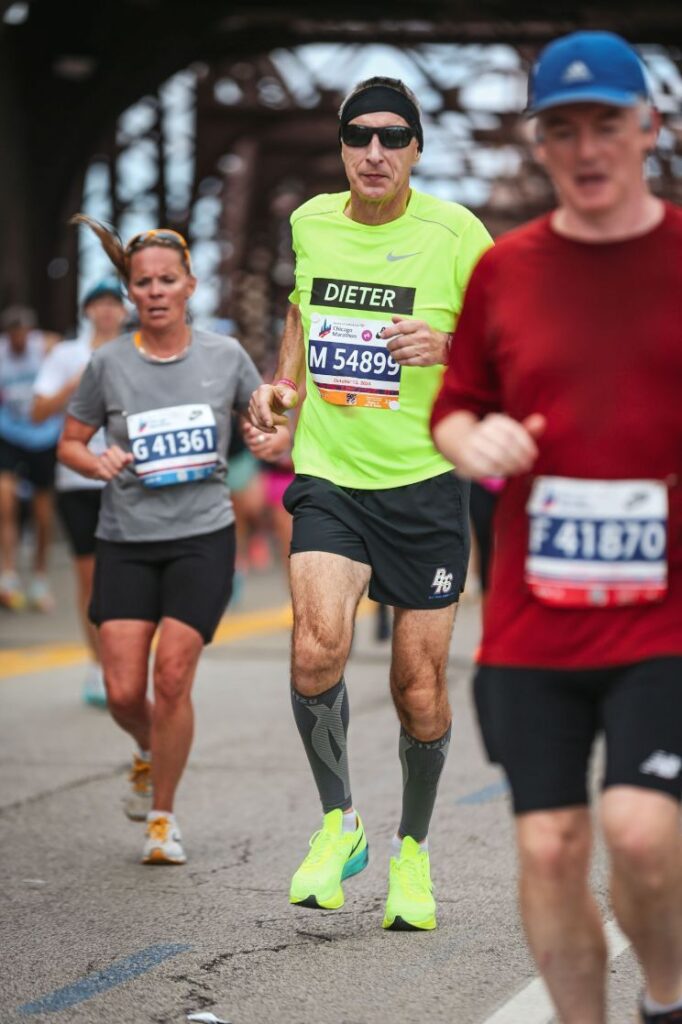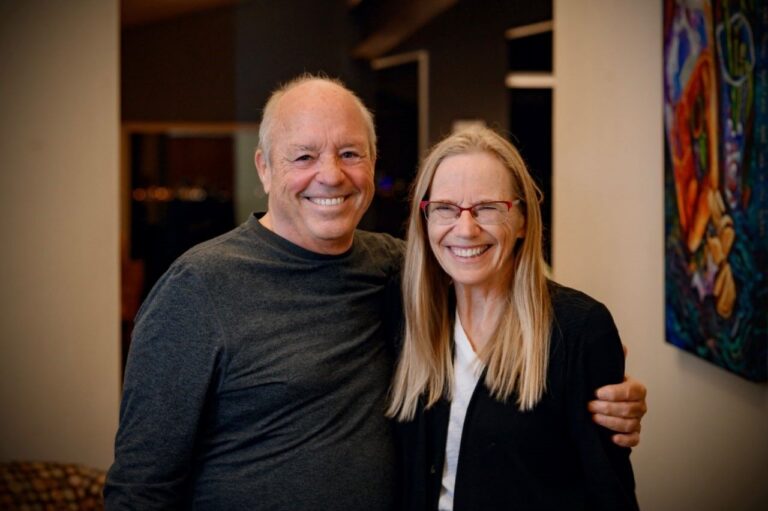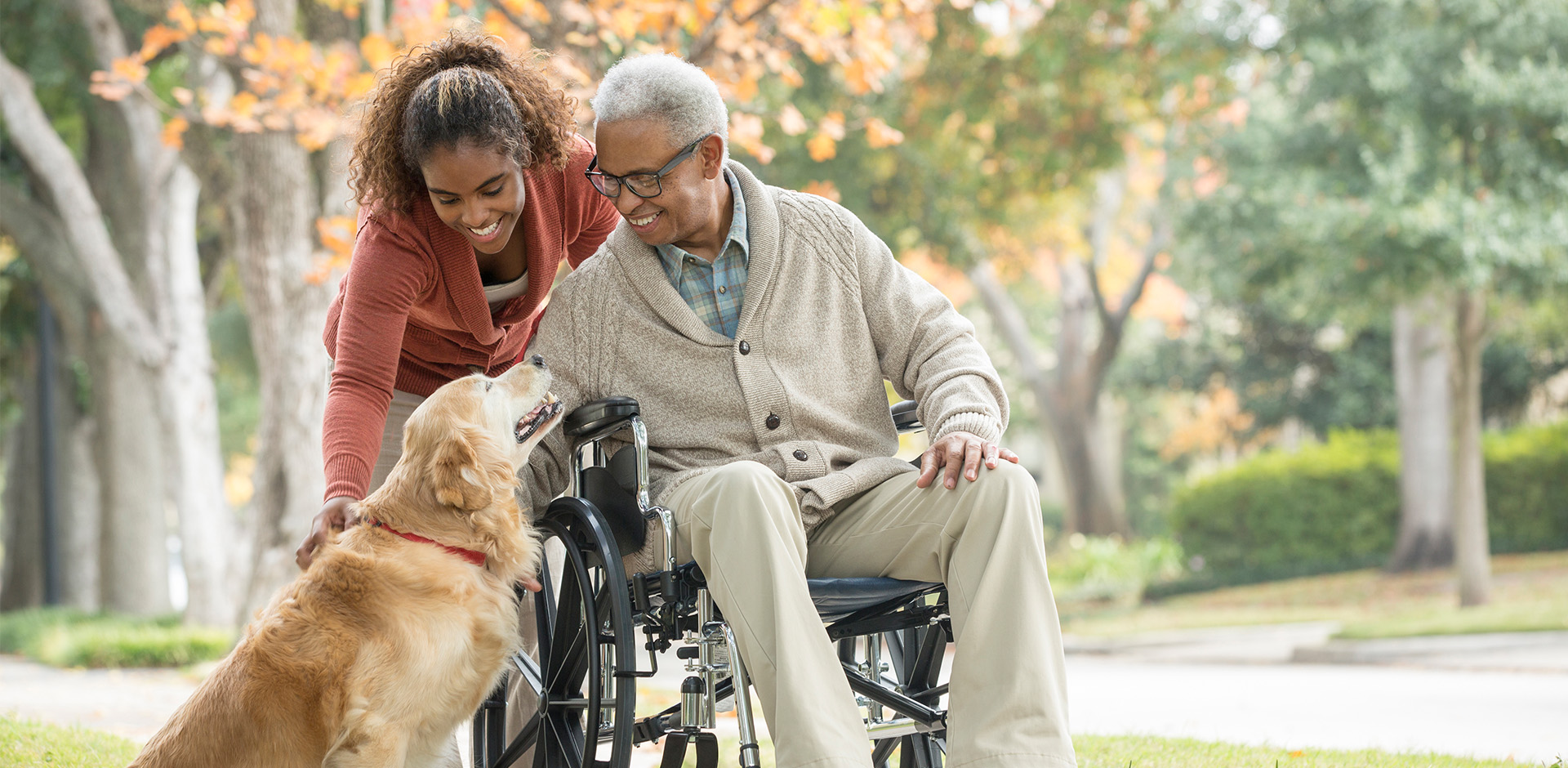A Patient’s Story: The simple movements that helped me move!
The Foundation for Peripheral Neuropathy is providing stories of encouragement from patients and healthcare providers alike. Here, we share Robert Herrick’s tip on the simple movement that made exercising easier and helped reduce his PN symptoms.
Hello, my name is Robert Herrick, I am old, six foot tall, 170 pounds in my BVDs, white single man. Just sayin’!
This message goes out to those of us living with chronic leg/foot spasms and cramping, which in my case are the result of a reckless youth. Numerous back injuries now limit my ability to show off as much as I’d like. And worse, trauma to the spine now impinges on the nerves. Thus far, my condition which led to a PN diagnosis is being treated medically with high dose medication.
There doesn’t appear to be a body part spared from symptoms related to the illness. The good news is that the most painful and only symptoms I’m able to address directly on my own are responding beautifully. And, as a bonus, all of my other PN related symptoms have been greatly diminished. With vigilance using a counterintuitive stretching exercise, my spasms have become manageable and I’ve reduced the meds by two-thirds. Thank you Jesus.
In 2012, I was at last diagnosed with PN. Shocks, spasms and screams were a nightly routine. I was prescribed a low dose of gabapentin with no possibility for a cure or insight into a cause. Sound familiar? Since then, I have tried other meds legal and otherwise with no measurable benefit. As of six months ago, with special dispensation from my neurologist, I was prescribed 4200mg of gabapentin daily. In the last month that number has been reduced to 1200mg nightly. Thank you Elvis.
Before describing the exercise, it is important to mention my weight loss while searching for a remedy. At just 15 pounds more than I now weigh, my comfort level was compromised. I remember being aware of an appreciable lessening of back pain as pounds fell off, and with it the possible connection to my PN symptoms. Just sayin!
In June 2017, while chatting with a nurse as I cheerfully waited my turn for a colonoscopy, he noticed PN on my chart and asked about the symptoms. In passing he mentioned how it is we sometimes see the elderly bent over as they move about. Adding that, by doing so they are reducing their back pain. He went on, that bending opens slightly the channel running up/down the spinal column therefore quieting inflammation. I thought, if it worked for George Burns.
Dignity restored, I set about experimenting. At first standing straight legged, bending from the waist while reaching for the floor. Gently, slowly, just allowed the torso to hang a few seconds. Over the course of just a few weeks, my PN symptoms were obviously becoming less severe. It has become an everyday, throughout the day, practice since.
Now comes the unpleasant, if most productive counterintuitive activity. With my new found freedom of movement, I began to incorporate bending into my everyday exercising while seated on a carpeted floor. With legs extended flat, spread apart somewhat, I began reaching for the toes. Before long, I was touching the toes and holding the pose for minutes at a time. Then, purely by accident, pointed the toes away from the upper body. My calves went into immediate spasm. The feet seemed to lock in position. No explanation comes to mind why. Nevertheless, that’s what took place.
Over the last several months I have sought to overcome the cramping that followed simply pointing the toes. With repeated point and release practice I now sit comfortably leaning over pointed toes for minutes at a time. And the best part is the most severe of my PN symptoms are significantly diminished. When practiced religiously.
To end, I’d like to leave you with an example of why I’m convinced that regularly pointing the feet greatly reduces my leg spasms. A couple years back, I joined the YMCA. Though skeptical, I thought swimming would be manageable. Wrong!
I took a lesson. And quickly discovered kicking was required to stay afloat. My legs spasmed. However, I noticed the swim team used small flotation devices called pull buoys placed between their legs to allow them to work on their upper bodies without the aid of kicking. I thought, why not me?
Wrong!
At first it helped but cramping quickly took hold. The lifeguards know me well.
With the confidence of Michael Phelps, I set about putting toe pointing to the test in the pool. Presto! Tango! Marlin Brando! With buoy in place, toes pointed—without kicking of coarse—I’m now swimming 2,000 yards three times a week.
Today before getting out of bed I’m reaching for pointed toes. They don’t always belong to me. Just sayin!
The merit of all things lies in their difficulty.
Alexandre Dumas
We will be continuing to share patient stories that offer suggestions, inspirations, or just a window into living with peripheral neuropathy. If you would like to share a story with us, submit your story here.
For more suggestions for simple stretches for patients with peripheral neuropathy, check our website here.
NOTE: This is one patient’s story and is not intended to be viewed as a recommendation for treatment. Check with your healthcare provider before you start any exercise program.







